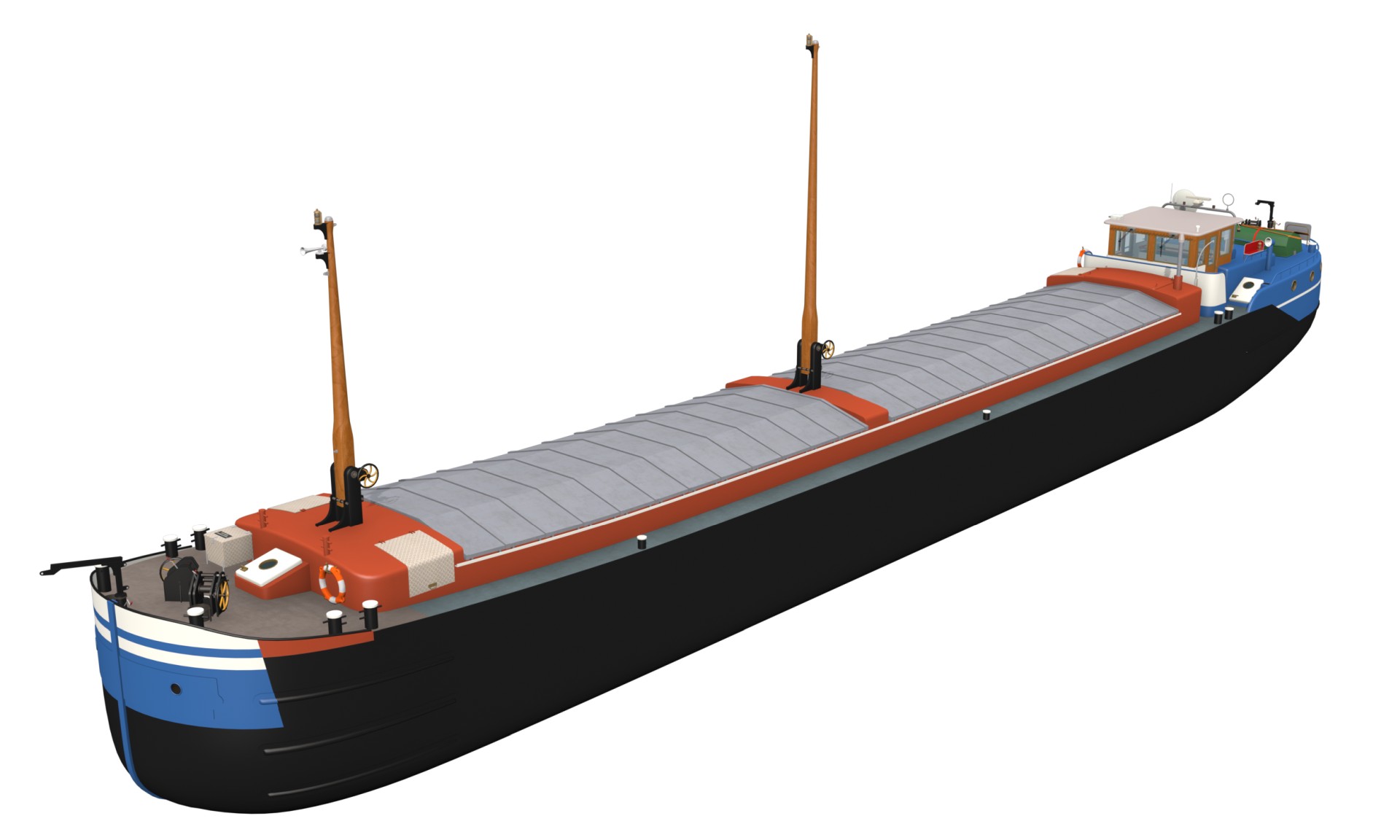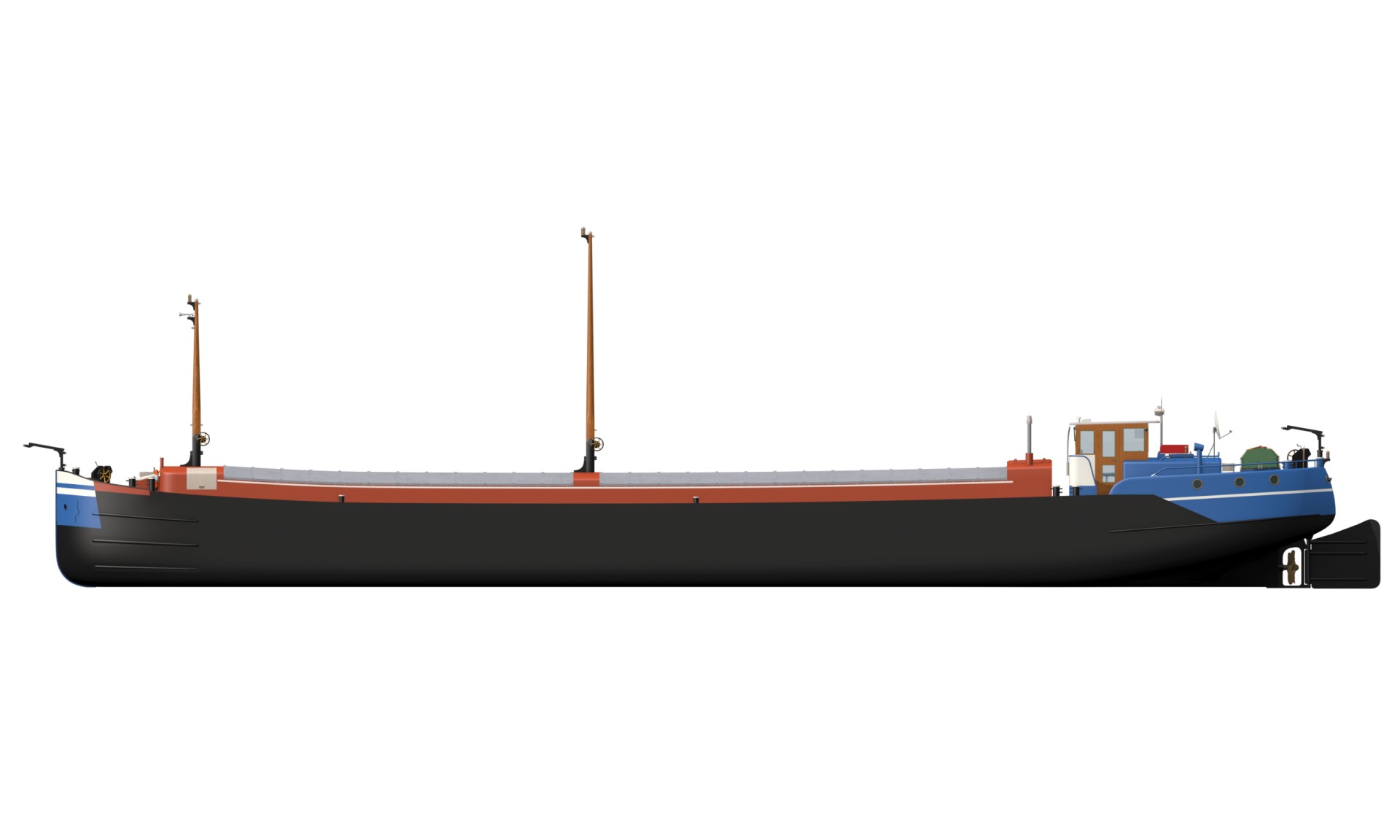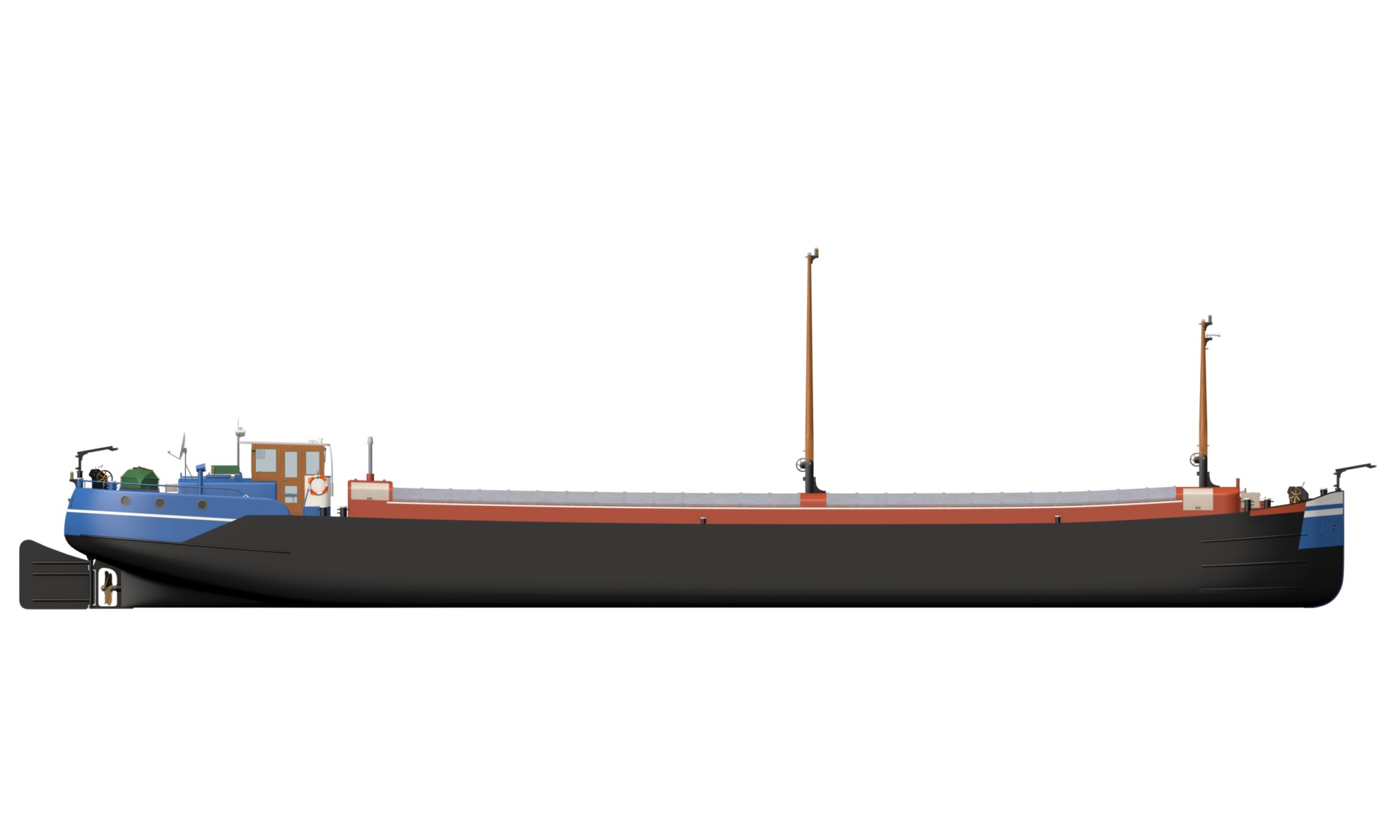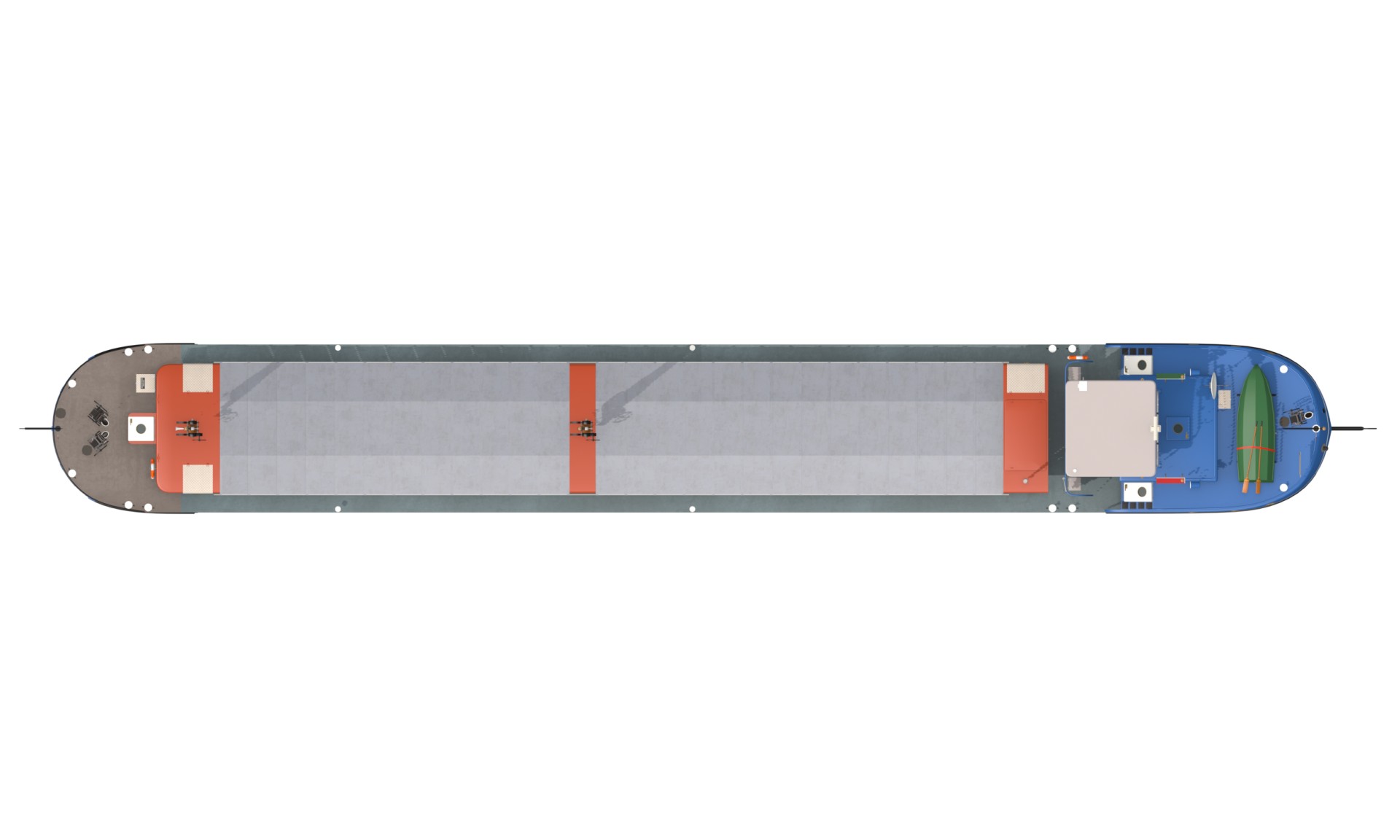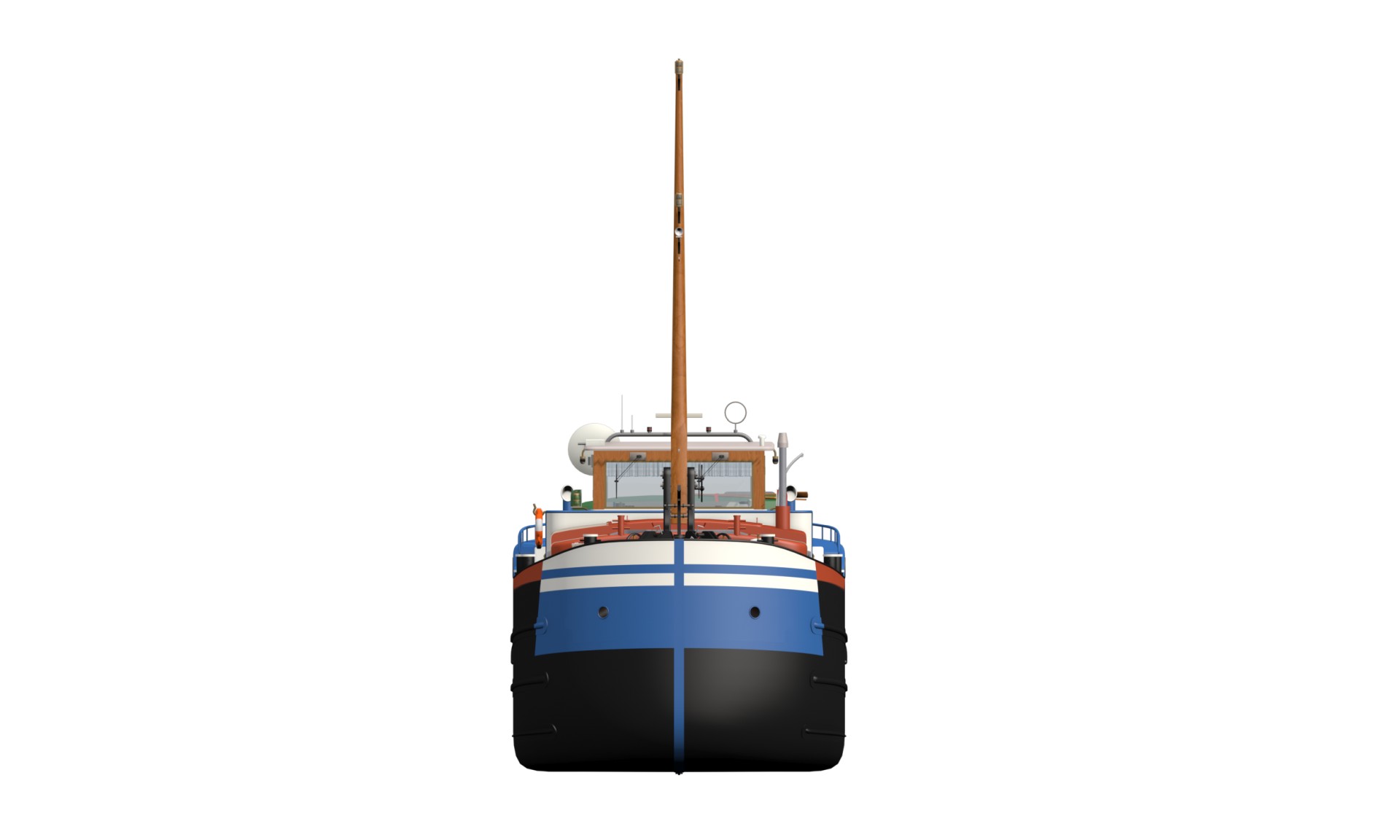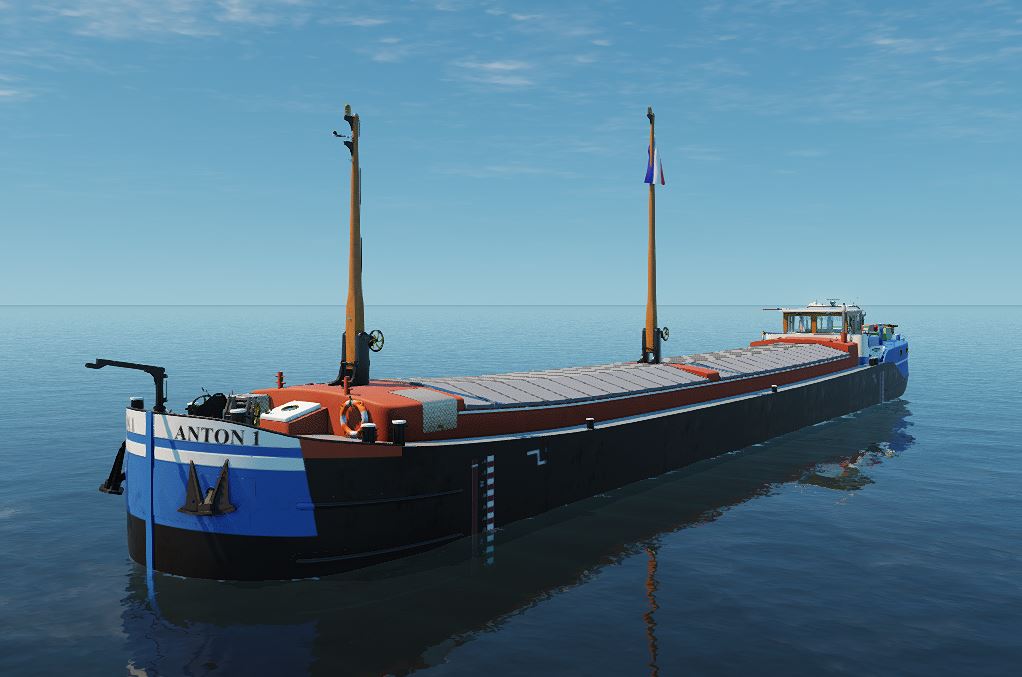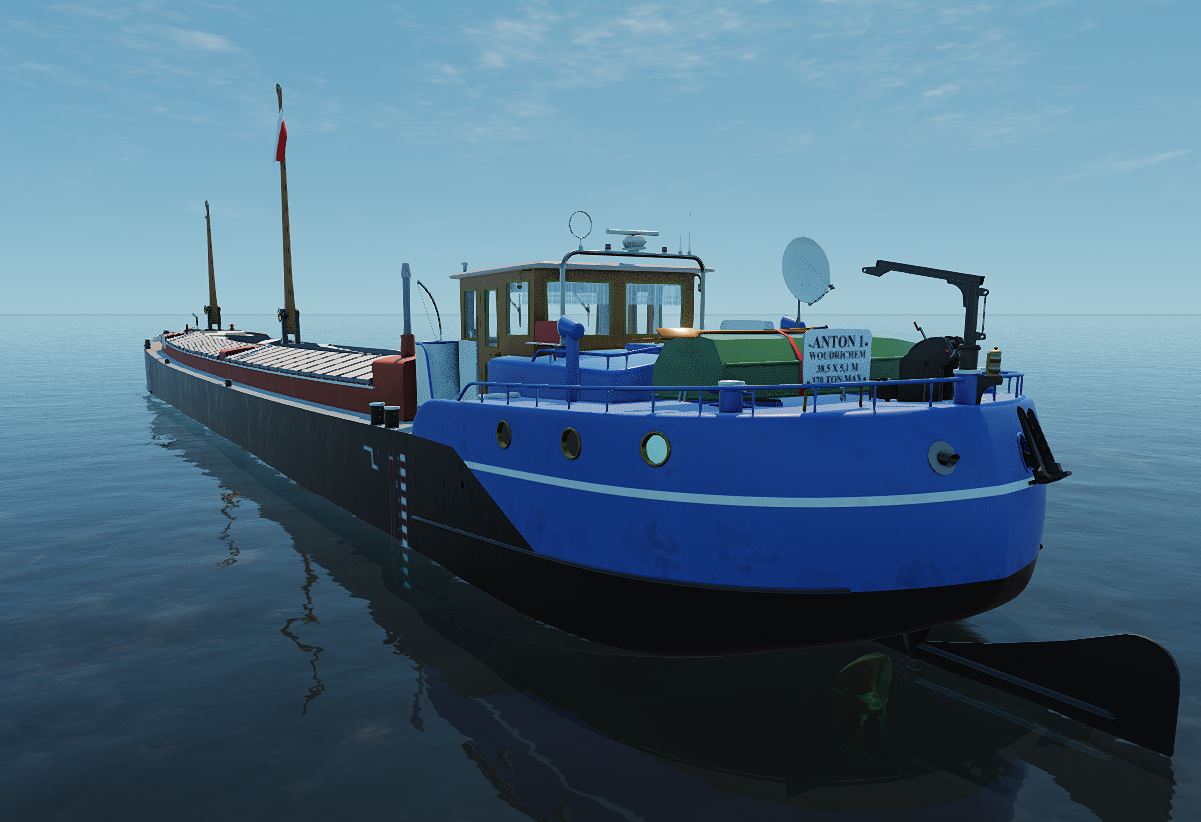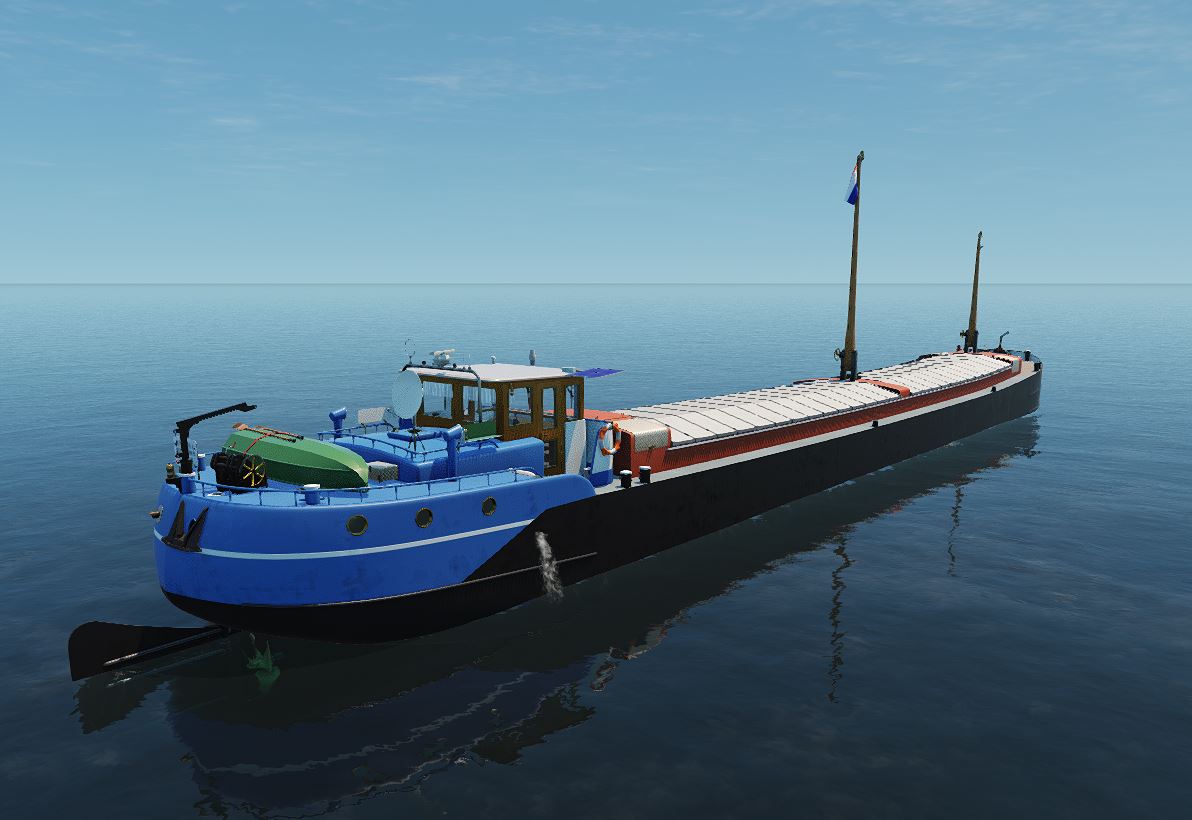
A riverboat is a watercraft designed for inland navigation on lakes, rivers, and artificial waterways. They are generally equipped and outfitted as work boats in one of the carrying trades, for freight or people transport, including luxury units constructed for entertainment enterprises, such as lake or harbour tour boats. As larger watercraft, virtually all riverboats are especially designed and constructed, or alternatively, constructed with special-purpose features that optimize them as riverine or lake service craft, for instance, dredgers, survey boats, fisheries management craft, fireboats and law enforcement patrol craft.
These vessels are usually less sturdy than ships built for the open seas, with limited navigational and rescue equipment, as they do not have to survive the high winds or large waves characteristic to large lakes, seas or oceans. They can thus be built from light composite materials. They are limited in size by width and depth of the river as well as the height of bridges spanning the river. They can be designed with shallow drafts, as were the paddle wheel steamers on the Mississippi River that could operate in water under two metres deep.
While a ferry is often used to cross a river, a riverboat is used to travel along the course of the river, while carrying passengers or cargo, or both, for revenue.
The significance of riverboats is dependent on the number of navigable rivers and channels as well as the condition of the road and rail network. Generally speaking, riverboats provide slow but cheap transport especially suited for bulk cargo and containers.
| Element | Value |
|---|---|
| Name | Anton |
| ID | INL12 |
| Type | Inland Cargo |
| Length (m) | 38,5 |
| Breadth (m) | 5,1 |
| Draught (m) | 1,5 |
| Speed (kts) | 8,6 |
| Displacement (T) | 150 |
| Propulsion | Conv. FPP (1x) |
| Bollard Pull (T) | |
| Base Module | No |
| Standard 5 Module | No |
| Standard 10 Module | No |
| Tug Module | No |
| Inland Module | No |
| Naval Module | No |
| Fishing Module | No |
| Marin Module | No |
| Offshore Module | No |

